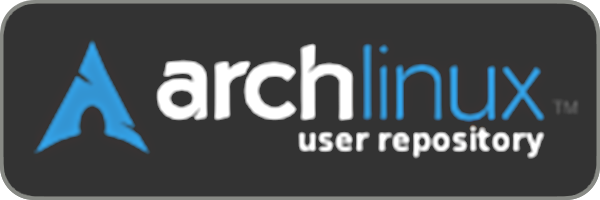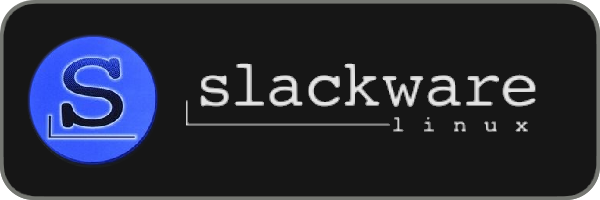Graphical application for generating different color variations of Oomox (Numix-based), Materia (ex-Flat-Plat) and Arc themes (GTK2, GTK3, Cinnamon, GNOME, Openbox, Xfwm), Gnome-Colors and Archdroid icon themes. Have a hack for HiDPI in gtk2.
Table of contents:
- Installing with package manager
- Installing manually
- Using with tiling WMs
- Spotify
- Review videos/Usage instructions
Big screenshot with number of generated themes 🔗
Latest Oomox GTK theme screenshots 🔗
pikaur -S oomox-git
AUR helpers are not officialy supported, so you can also install it manually from either rolling-release or stable PKGBUILD.
oomox-gui
Oomox can be installed by using a third party COPR repository:
sudo dnf copr enable tcg/themes
sudo dnf install oomoxFor Debian 9+, Ubuntu 17.04+ or Linux Mint 19+ you can download oomox.deb package here:
https://github.com/themix-project/oomox/releases
sudo dpkg -i ./oomox.deb
sudo apt install -fOr, if you don't want to install third-party binary package you can build it on your own:
# with docker:
sudo systemctl start docker
sudo ./packaging/ubuntu/docker_ubuntu_package.sh # sudo is not needed if your user is in docker group
# or directly from ubuntu host if you don't like docker:
./packaging/ubuntu/create_ubuntu_package.shFor older releases install the dependencies manually and next follow general installation instructions below.
For GUI app itself:
python3-gobjectgtk3>=3.18gdk-pixbuf2xorg-xrdb- optional, for xresources themes
Oomox theme:
sassc>=3.4rsvg-convertfromlibrsvgglib-compile-schemasfromglib2gdk-pixbuf2bcsedfindgrep
Materia and Arc themes:
sassc>=3.4glib-compile-schemasfromglib2gdk-pixbuf2bcsedfindgrepoptipngparallelinkscapegtk2-engine-murrine
Gnome-Colors icons:
bcsedfindgreprsvg-convertfromlibrsvgimagemagickbreeze-icons- optional, to provide more fallbacks
Archdroid icons:
sedfindbreeze-icons- optional, to provide more fallbacks
Spotify theme:
polkitorgksuzipbcgrep
Import colors from images:
python3 PIL or Pillow
git clone https://github.com/themix-project/oomox.git --recursive
cd oomox
# if you need to generate locales:
make -f po.mk install./gui.shAfter exporting a theme select the generated theme (oomox-YOUR-THEME-NAME) in your appearance config tool (for example, lxappearance or gnome-tweak-tool).
If your prefer CLI interface, refer to change_color.sh scripts inside ./plugins/.
Spotify theme can be also exported from GUI, but if you prefer commandline interface:
./plugins/oomoxify/oomoxify.sh ./colors/gnome-colors/shiki-nobleAlso you can normalize font weight with -w argument, see -h for usage.
Spotify theme settings are backed up to ~/.config/oomox/spotify_backup. To undo the changes made by oomoxify, these files can be copied back to their original location /usr/share/spotify/Apps. Spotify can also be reinstalled, which will reset these files as well.
To resolve borders/shadow problem in tiling window managers create/append to
~/.config/gtk-3.0/gtk.css:
.window-frame, .window-frame:backdrop {
box-shadow: 0 0 0 black;
border-style: none;
margin: 0;
border-radius: 0;
}
.titlebar {
border-radius: 0;
}
window decoration {
margin: 0;
border: 0;
}To learn more about using the application you can check these sources:
- 2018, https://www.youtube.com/watch?v=XO9QA1njIOM by AddictiveTips
- https://delightlylinux.wordpress.com/2016/08/22/customize-theme-colors-with-oomox/
- 2016, https://www.youtube.com/watch?v=Dh5TuIYQ6jo by Spatry
- http://www.webupd8.org/2016/05/easily-create-your-own-numix-based-gtk.html
- http://www.webupd8.org/2016/06/tool-to-customize-numix-theme-colors.html







